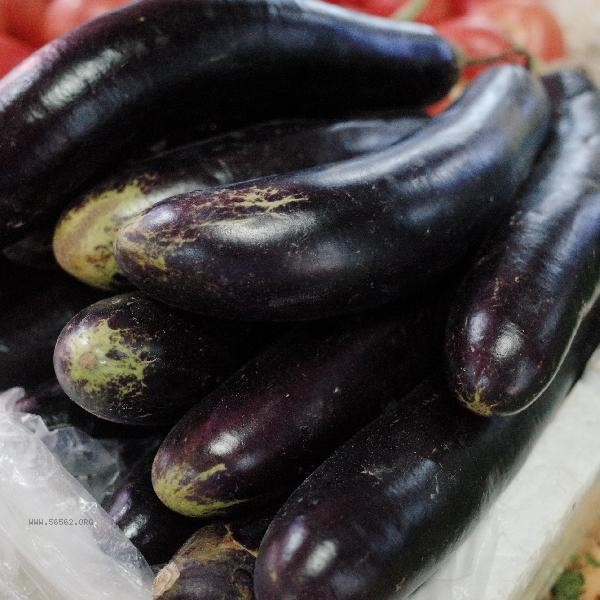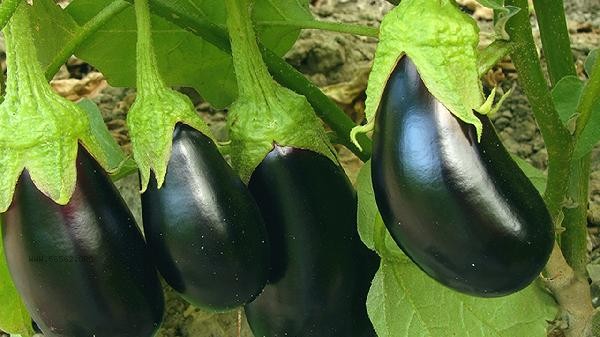Pre treatment and cooking techniques can significantly reduce the oil absorption during eggplant frying. There are mainly five methods: soaking in salt water after cutting, high-temperature fast frying, steaming and cooking pretreatment, microwave dehydration, and dry frying for juice harvesting.

1. Salt water immersion
Cut the eggplant into pieces and soak them in light salt water for 10 minutes. Salt can destroy the sponge like tissue of the eggplant and reduce oil absorption gaps. After soaking, squeeze out the water and then put it in the pot to reduce oil penetration. This method is suitable for stir frying methods that preserve the complete taste of eggplants, such as fish flavored eggplants.
2. High temperature fast frying
Using high heat to stir fry quickly can cause the surface of eggplants to quickly char and form a protective layer, reducing internal oil absorption. First, heat the pot until it is smoking, pour in cooking oil, and immediately add eggplant. Continue to stir fry at high temperature for 3-5 minutes. This method is suitable for round eggplant varieties with harder texture.
3. Steaming pretreatment
Cut eggplant into pieces and steam for 5 minutes to make it semi cooked. After softening the cell structure, the oil absorption capacity decreases. Steamed eggplants can reduce oil consumption by more than half when stir fried, while maintaining a fresh and tender texture. This method is particularly suitable for making eggplant puree or stewed eggplant dishes.

4. Microwave Dehydration
Cut the eggplant into pieces and heat them on high heat in the microwave for 2 minutes. Use the microwave to evaporate the water and reduce the oil absorption rate after shrinking the volume. The surface of the processed eggplant is slightly dry, making it more flavorful and requiring less oil when stir fried. Please note that the microwave time should not be too long to avoid affecting the taste.
5. Dry Stir Frying and Juice Collection
adopts the Sichuan style dry stir frying technique. First, stir fry the eggplant without adding oil until the water comes out, then pour out the excess water and stir fry with seasoning. In the final stage, adding a small amount of oil to enhance the fragrance can reduce the overall oil consumption by 70% compared to conventional methods. Suitable for making dishes such as stir fried eggplant that require a spicy flavor.

Choosing tender eggplants can further reduce oil absorption, and eggplants with smooth and compact skin and elastic cell structure under pressure are denser. During the frying process, avoid frequent flipping and use a weighing method to evenly heat the eggplant. Pairing with acidic ingredients such as tomatoes and green peppers can help break down eggplant fiber and reduce oil adsorption. It is recommended to control the single intake within 200 grams for daily consumption. People with hypertension can prioritize using oil-free cooking methods such as steaming and mixing. Eggplant is rich in rutin and chlorogenic acid, and reducing oil consumption appropriately can better preserve its antioxidant components.








Comments (0)
Leave a Comment
No comments yet
Be the first to share your thoughts!